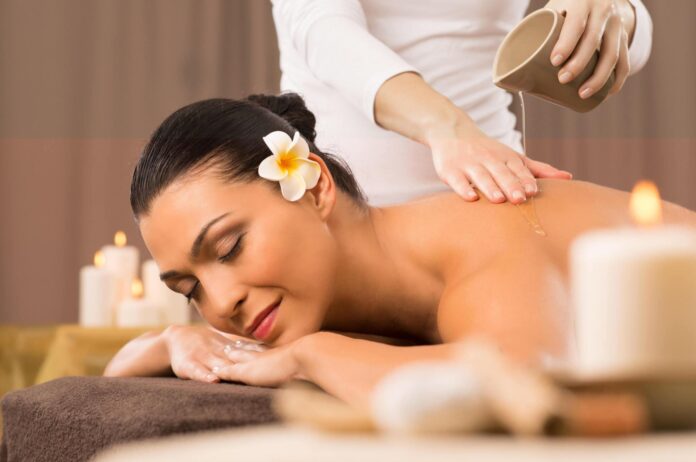In the challenging landscape of burn injuries, where physical and psychological distress intertwine, a recent study conducted at Shahid Motahari Burns Hospital in Tehran, Iran, has unveiled promising insights into the potential benefits of complementary therapies. This groundbreaking research focused on the effects of massage and music on pain intensity, anxiety levels, and relaxation in burn patients, revealing a holistic approach to enhancing overall well-being.
Understanding Burn Pain and Anxiety:
Burn injuries inflict not only physical trauma but also significant psychological consequences, leading to chronic pain and heightened anxiety among affected individuals. This study aimed to address these challenges by exploring the efficacy of massage and music interventions. Burn pain, manifesting in various forms such as background pain, breakthrough pain, and procedural pain during treatments, is commonly managed with opioid analgesics and anti-anxiety drugs. However, the integration of non-pharmacological therapies, such as massage and music, emerges as a complementary approach to alleviate pain and anxiety in burn patients.
The Therapeutic Duo: Massage and Music:
Incorporating Swedish massage, a traditional method that manipulates soft tissues for therapeutic benefits, the study revealed a decrease in pain and anxiety intensity and an increase in relaxation level in the massage group compared to the control group. Swedish massage, with its techniques like effleurage, petrissage, friction, tapotement, and vibration, enhances blood flow to soft tissues, providing a holistic approach to pain relief and relaxation. Simultaneously, the study introduced music as a powerful intervention, leveraging its impact on the central nervous system to distract patients from pain and induce a state of relaxation. The combination of familiar, favorite, and culturally relevant music further amplified the positive outcomes.
Conclusion:
The integration of music and massage in burn patient care unveils a promising avenue for holistic healing. As evidenced by the study’s positive outcomes, these complementary therapies showcase their effectiveness in reducing pain and anxiety and increasing relaxation levels. The utilization of non-pharmacological interventions highlights the potential for enhancing overall well-being in the face of burn injuries.

